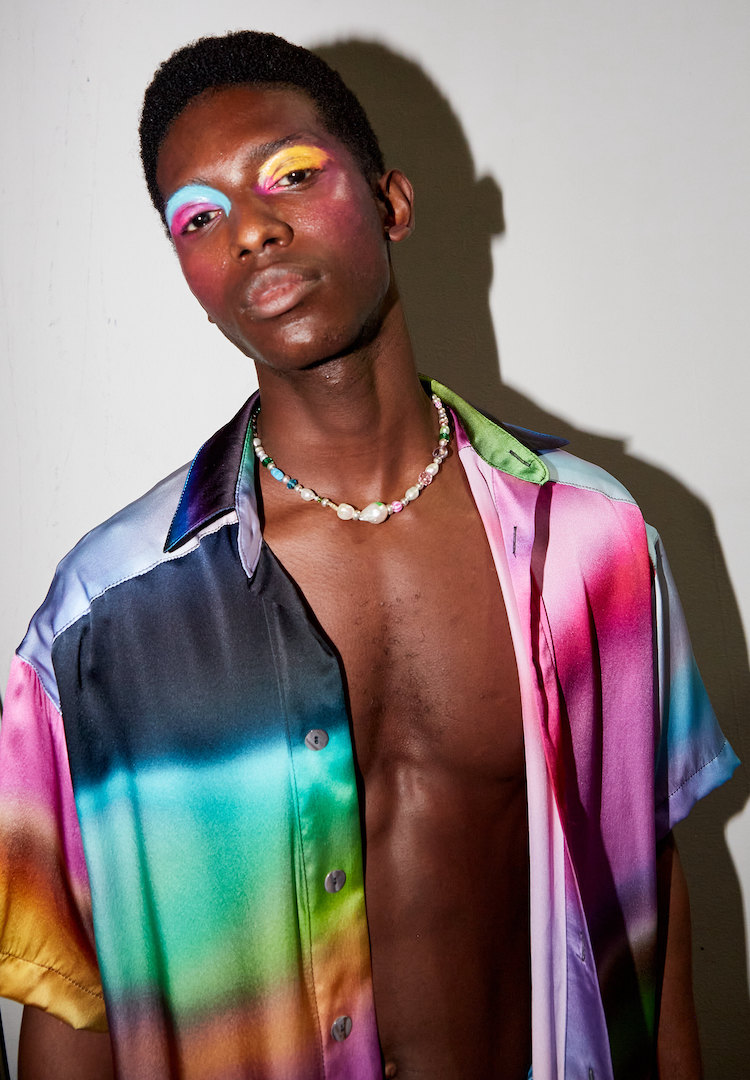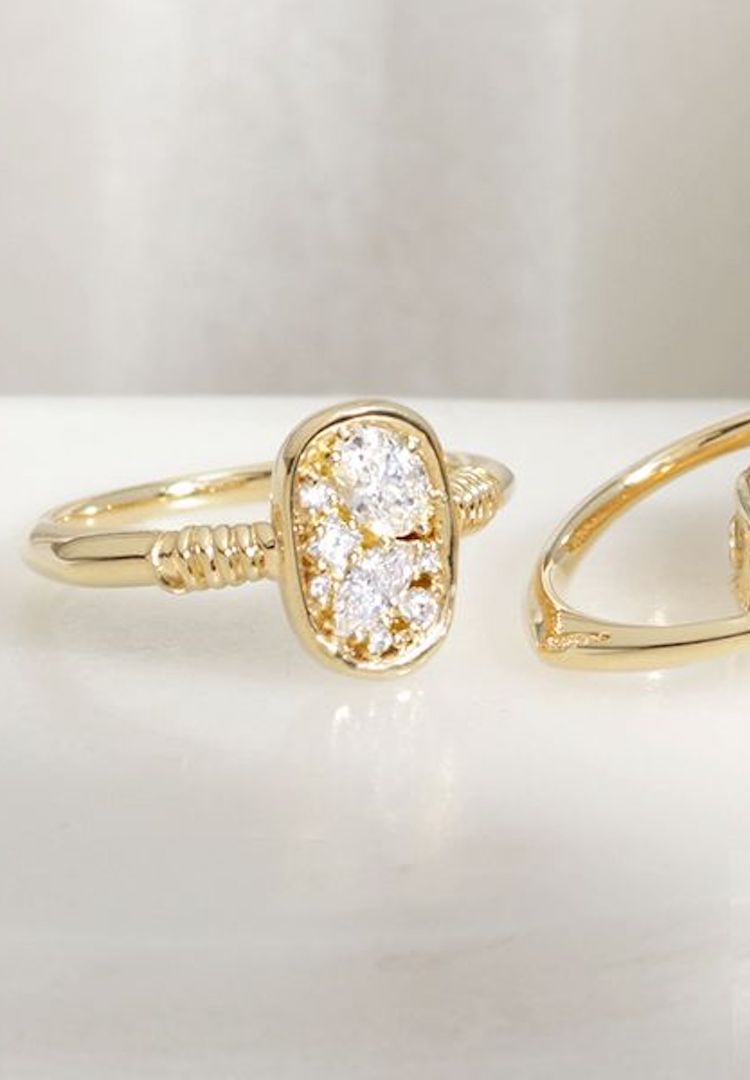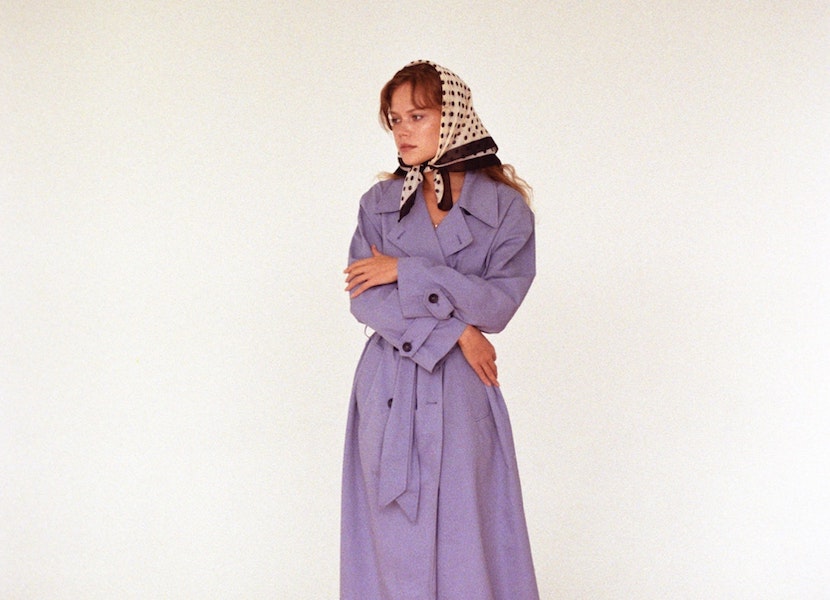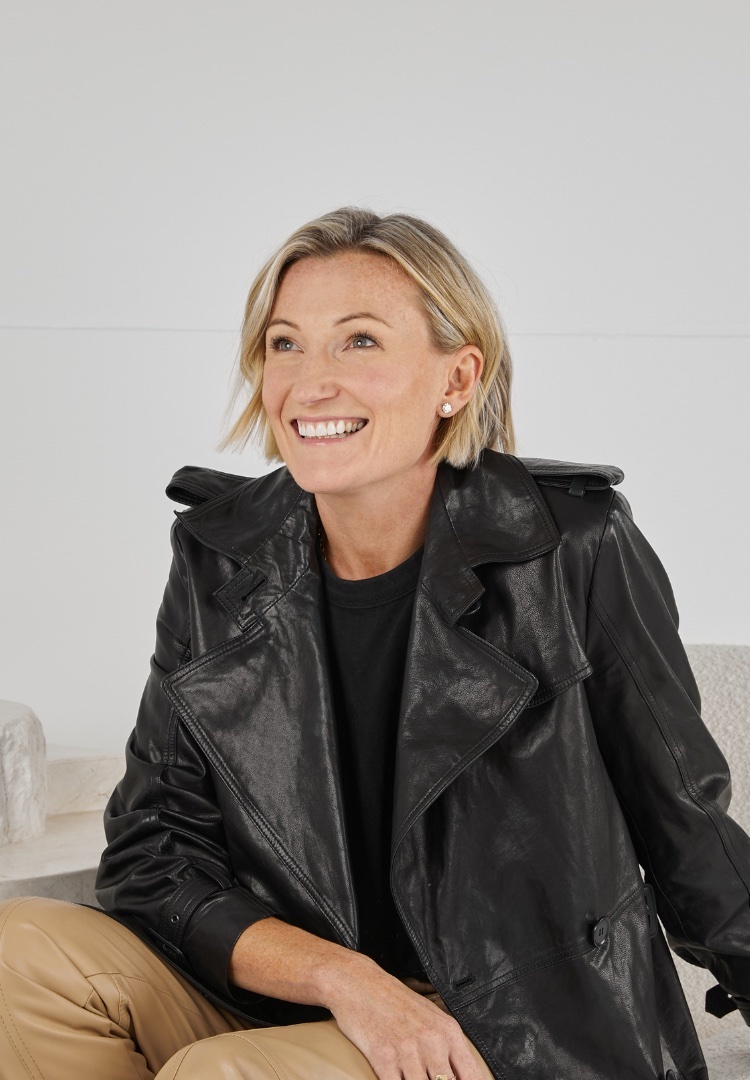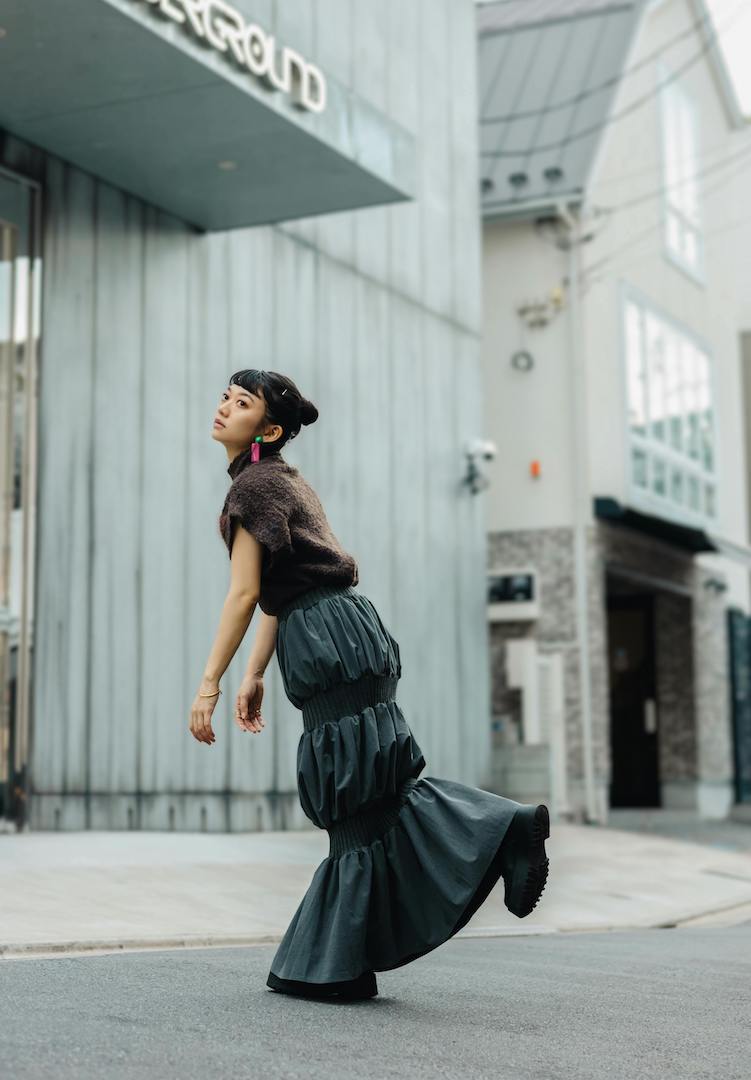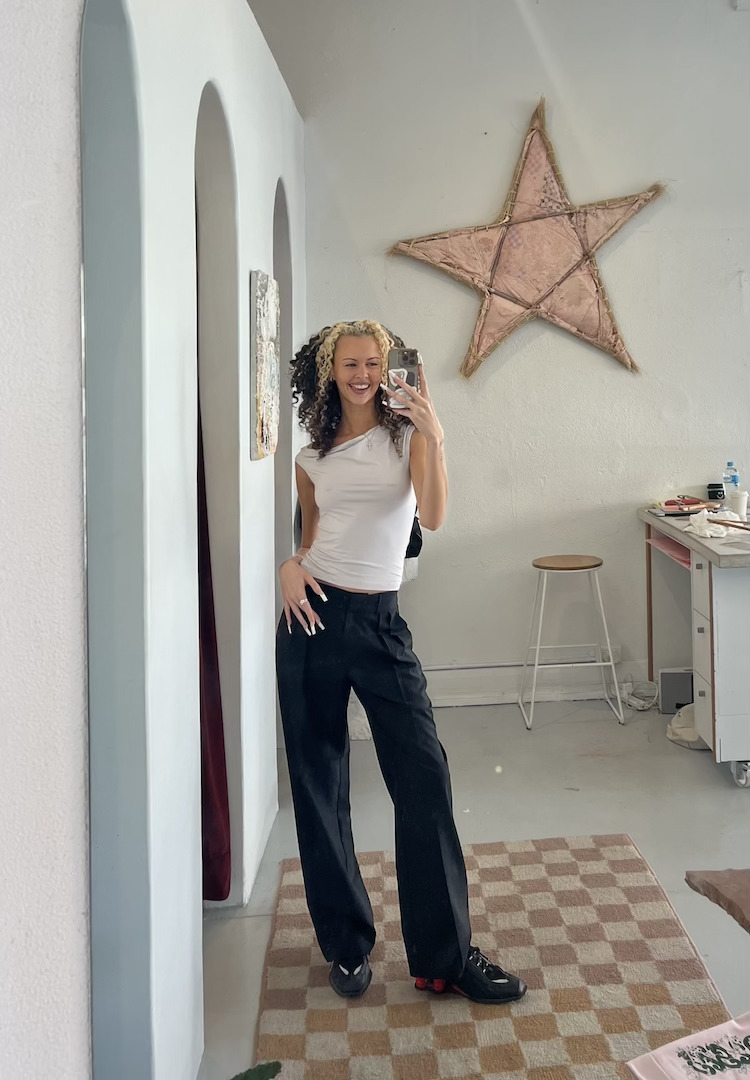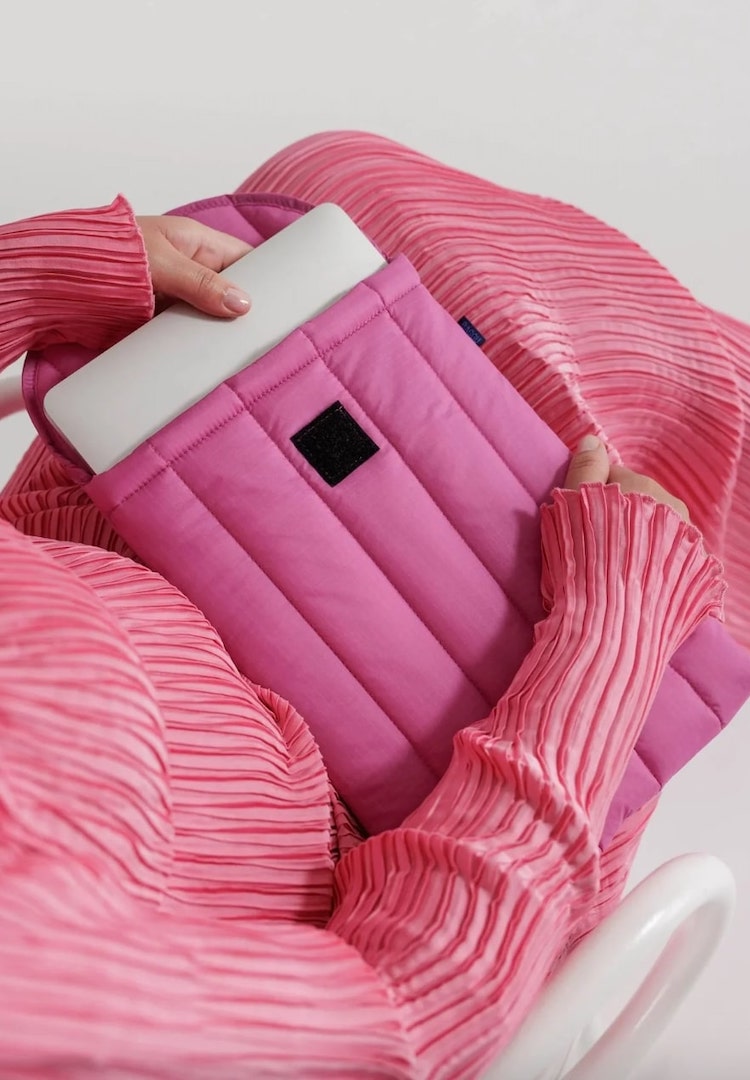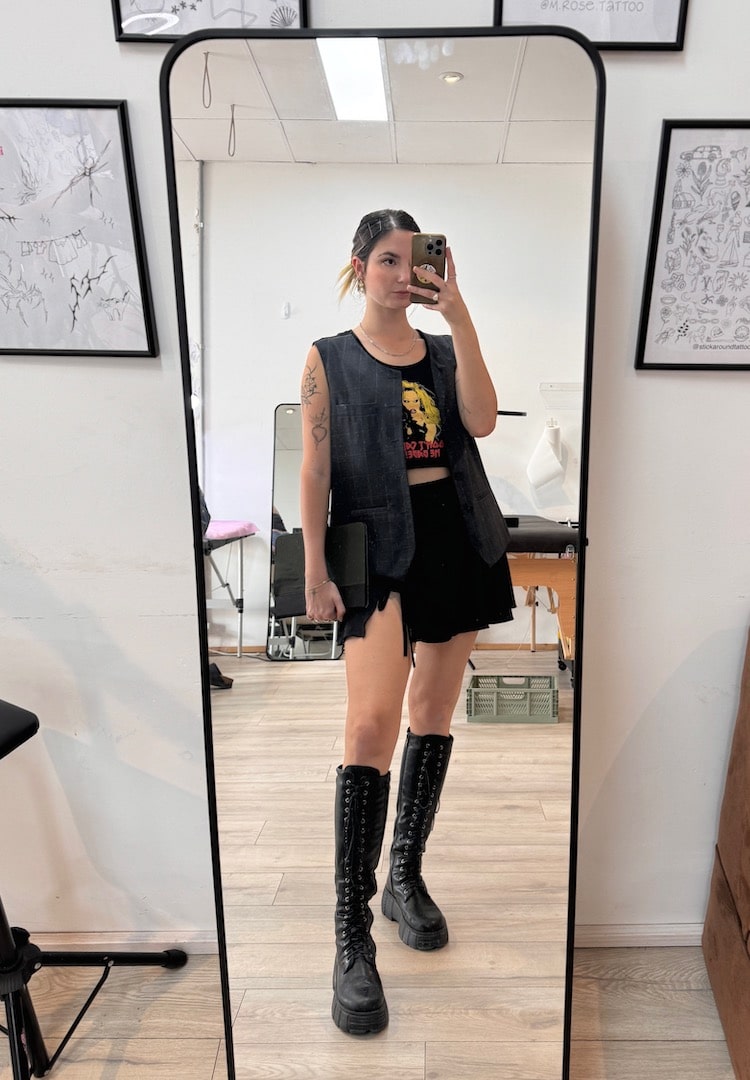Why exactly do people in the Australian fashion industry get paid less?
Words by Alyssa Forato
“When you start off lower, how do you catch up?”
From afar, the fashion industry looks glamorous – runway shows, industry events, always wearing editorial-esque outfits into the office. Having a curated wardrobe that’s justified as an important part of your work sounds like a dream come true.
I hate to burst your bubble (it hurts me, too), but despite the glittering surface of this desirable industry, it’s not all so pretty. According to the Australian Bureau of Statistics, workers in the fashion industry are paid less than the average Australian, who receives a salary of approximately $92,000.
For more fashion news, shoots, articles and features, head to our Fashion section.
Of course, it depends on the role, but many of the careers in fashion don’t meet the average salary across the country. A fashion designer earns between $60,000 to $80,000, while a stylist earns an average of $58,000 and a merchandiser makes $53,000.
The gender pay gap
Dr Rebecca Van Amber, a Senior Lecturer at RMIT School of Fashion and Textiles, says one of the main reasons is the gender pay gap.
“Across Australia, women are still not making as much as men. This gets compounded in the fashion industry in that, especially in Australia, it is mostly women working,” she explains. According to the Australian Fashion Council, 77 per cent of the workforce in the fashion industry is female, compared to the national average of 47 per cent.
According to the Workplace Gender Equality Agency, women are paid less than men due to a number of contributing factors. These include hiring discrimination, bias and a lack of flexibility in the workplace to allow for parental caring responsibilities. It makes sense then that if women, who are paid less, make up an overwhelming majority of fashion’s workforce, the average salary is lowered across the board.
Another factor that impacts women’s salaries when going for jobs in fashion is our lack of negotiation when it comes to wages. Dr Van Amber points out that statistically, men are more likely to negotiate a higher salary. “Women just accept things at face value a little bit more, and we’re not taught or trained to try to negotiate a higher wage. When you start off lower, how do you catch up?”
The fashion industry is a ‘boys’ club’
Ben Stranieri, a teacher of Fashion Sustainability at RMIT School of Vocational Design and Social Context, tells me that men and women perceive the fashion industry very differently when it comes to growth opportunities.
“A McKinsey and Co report found… men saw [the fashion industry] as being fun, with great opportunities and lots of growth,” Stranieri tells me. “Women were exactly the opposite. They were saying [the fashion industry is] ‘dominated by men, [with] no opportunities and limited scope for improving their way’.”
Stranieri says the upper corporate world of fashion is a ‘boys’ club,’ as there’s a tendency for senior roles to be given to men. “When you’ve got one gender in charge, they think everything’s fine,” Stranieri explains. “Unless they become proactive in encouraging gender equality or non-gender bias, you have that disparity with wages.”
One reason why women have such a hard time progressing in their careers in the industry is the lack of flexibility in roles, especially in senior positions. When women have senior roles in the industry, they often aren’t given the working environment they need to accommodate responsibilities such as caring for their children. Taking a break from the workforce for reasons such as maternity leave can negatively impact their ability to progress in their career and receive other opportunities.
“It’s not that women are less competent than men. Traditionally some of these roles have been completely closed off to women for many years,” Dr Van Amber says. She tells me that while those in senior management positions tend to be paid on par with other careers across Australia, the entry-level roles really suffer. This includes working in retail stores on the shop floor, in manufacturing and in junior corporate positions.
The fashion industry is in high demand
The fashion industry is in high demand and women have it pretty tough. But those aren’t the only reasons why people in the industry are paid less. As for the other explanation? The fashion industry is hot property.
“There’s such a high demand for people working in fashion. There’s not a lot of incentive for brands to be paying people a lot because people are willing to accept a lower salary to get their foot in the door,” Dr Van Amber explains.
Fashion is a cutthroat line of work – it’s really hard to break through all the noise and rise to the top. “It’s even harder for smaller brands. They tend not to get paid as high because the sales are directly connected to the salaries to some extent,” Stranieri points out.
Like all careers, your salary will depend on where you are in the industry. More senior positions align with the average Australian salary, however, entry-level roles don’t experience paychecks along similar lines. This all circles back to fashion being a desirable industry, and a ‘lucky to be here’ mentality.
“I think it’s quite a toxic idea that people should be feeling privileged to work in a workplace…and therefore should be willing to sacrifice a living wage for being able to say they work in fashion,” Dr Van Amber says.
Stranieri adds that many don’t work in fashion for the money. “You get into it because there’s a real desire to be creative or be around creative people,” Stranieri tells me. “To some extent, money is secondary.”
For those stepping into the fashion world, Dr Van Amber recommends researching the salary you’re entitled to. “There are some really nice websites that facilitate that,” Dr Van Amber says. “You can do a little bit of a search around companies, how they’re rated in terms of how they are to work for, and what some of the salaries are.”
To read more about making it in the fashion industry, head here.

